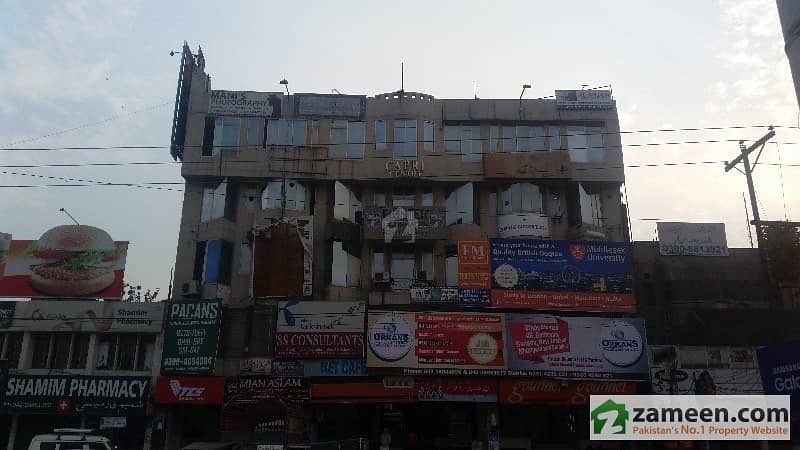
Q: Why Internet service sucks in rural areas & how to fix it?
A: Internet wires and wireless towers that connect rural areas to the fiber optic Internet backbone are too thin and don’t have enough data carrying capacity.
Think of the Internet as a giant highway system.
A: Internet wires and wireless towers that connect rural areas to the fiber optic Internet backbone are too thin and don’t have enough data carrying capacity.
Think of the Internet as a giant highway system.

Think of the fiber optic backbone as the Interstate highway system.
Think of the fiber optic middle mile mile network as the state high way system.
Think of the last mile network as the street in front of your home.
Think of the fiber optic middle mile mile network as the state high way system.
Think of the last mile network as the street in front of your home.

In rural areas, this street is more like a narrow, long, dirt road.
The longer and narrower this dirt road, the slower your Internet.
The longer and narrower this dirt road the more it costs to pave it.
Paving these roads is often not profitable for ISPs in rural areas.
The longer and narrower this dirt road, the slower your Internet.
The longer and narrower this dirt road the more it costs to pave it.
Paving these roads is often not profitable for ISPs in rural areas.

Paving roads in Internet terms involves bringing a fiber optic cable from the fiber optic middle mile network to a rural home.
This is because fiber’s data carrying capacity is several thousand times more than any other data pipe out there.
Relevant physics: C=B log2 (1+S/N)
This is because fiber’s data carrying capacity is several thousand times more than any other data pipe out there.
Relevant physics: C=B log2 (1+S/N)

For more context on fiber’s capacity:
Two fiber strands have more capacity than 10,000 Starlink satellites and a typical fiber cable has 48 strands.
Fiber lasts well over 30 years VS a satellite in lower earth orbit which lasts 5 years.
Point: fiber always wins on physics.
Two fiber strands have more capacity than 10,000 Starlink satellites and a typical fiber cable has 48 strands.
Fiber lasts well over 30 years VS a satellite in lower earth orbit which lasts 5 years.
Point: fiber always wins on physics.

The cost to bring fiber to a rural home in America is $4,200 according to @fiberopticassoc .
At such levels pay back period starts exceeding 10 yrs for ISPs.
But Americans spend over $9,000/year on home improvement.
Positioning fiber ownership as home improvement can help.
At such levels pay back period starts exceeding 10 yrs for ISPs.
But Americans spend over $9,000/year on home improvement.
Positioning fiber ownership as home improvement can help.

We have found that even at $5,000 per home connected, it is possible for Internet users to “own” their fiber optic connection and get fiber Internet for $0 down and under $60/month.
In other words: owning your Internet connection is better and cheaper than renting it.
In other words: owning your Internet connection is better and cheaper than renting it.
Just like home mortgage payments can sometimes be lower than rental payments, the same is true for owning your fiber optic connection when financed over a 20-30 year period.
The best example of this claim is a small town in Idaho called Ammon.
The best example of this claim is a small town in Idaho called Ammon.
Example: Homeowners in Ammon can get gigabit Internet for under $44/month.
How: Local Govt in Ammon helped 269 of homeowners “own” a last mile fiber network through a 20 year, $3,000 loan.
This was made possible through a Local Improvement District (LID) structure.
How: Local Govt in Ammon helped 269 of homeowners “own” a last mile fiber network through a 20 year, $3,000 loan.
This was made possible through a Local Improvement District (LID) structure.

The Ammon model is unique though because the local Govt also manages this network + had access to local expertise and local champions to build this network in the first place.
Such models aren’t possible everywhere because local govts are often resource constrained.
Such models aren’t possible everywhere because local govts are often resource constrained.
An alternative is for private citizens to register a new cooperative with their neighbors.
If 30 homeowners register a coop and deposit $5,000 each, this coop can hire a fiber construction company to create a $150,000 job to connect their homes to fiber + get permits as well.
If 30 homeowners register a coop and deposit $5,000 each, this coop can hire a fiber construction company to create a $150,000 job to connect their homes to fiber + get permits as well.
The after tax interest cost on a $5,000 home equity line of credit loan is $15/month at 5% interest rate at 27% income tax rate.
HELOC is a standard loan product. Tax deductions available on home improvement expenses.
HELOC is a 30 yr loan product.
HELOC is a standard loan product. Tax deductions available on home improvement expenses.
HELOC is a 30 yr loan product.

Once this coop is created, it can sign a middle mile access agreement with the middle mile provider for about $15/home/month.
Remaining costs are planning, coordination, billing, maintenance, customer service and admin. We at @netequity1 think all this can be done for $30/month
Remaining costs are planning, coordination, billing, maintenance, customer service and admin. We at @netequity1 think all this can be done for $30/month
So in summary, monthly costs to own a fiber connection and get fiber Internet for one home are:
$15 HELOC after tax interest
$15 middle mile access
$10 maintenance
$10 customer service
$10 coordination, planning, oversight and admin
——-
$60/month
$15 HELOC after tax interest
$15 middle mile access
$10 maintenance
$10 customer service
$10 coordination, planning, oversight and admin
——-
$60/month
Homes with fiber connections tend to appreciate in value by 3.1% when RENTING Internet from an ISP.
When OWNING this Internet connection we expect value appreciation to be higher.
So a 5% value gain on a $120,000 rural home (ie $6,000) will instantly pay for fiber investment.
When OWNING this Internet connection we expect value appreciation to be higher.
So a 5% value gain on a $120,000 rural home (ie $6,000) will instantly pay for fiber investment.

At @netequity1 we want to help rural communities build, own and operate fiber networks.
I’ve been tinkering with the sequencing of our message, hence this thread.
HUGE thanks if you read this far.
Please ask questions or share feedback. That will be me refine our messaging.
I’ve been tinkering with the sequencing of our message, hence this thread.
HUGE thanks if you read this far.
Please ask questions or share feedback. That will be me refine our messaging.
• • •
Missing some Tweet in this thread? You can try to
force a refresh










